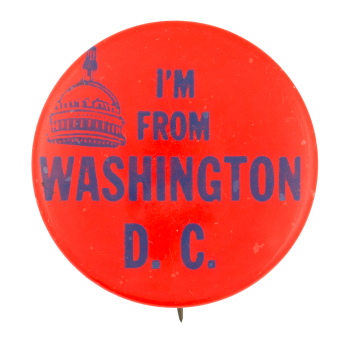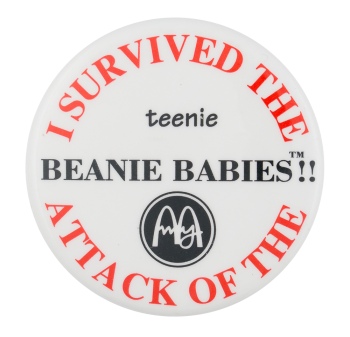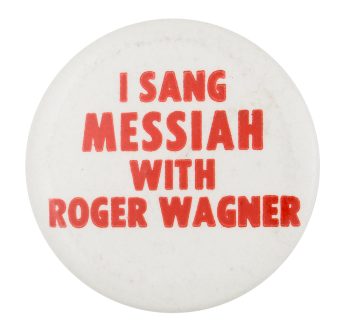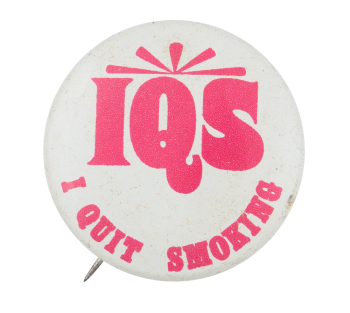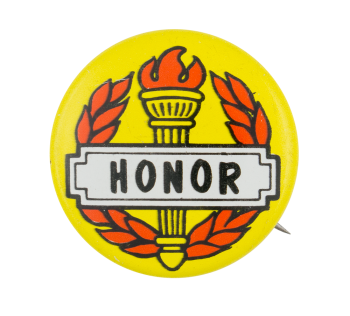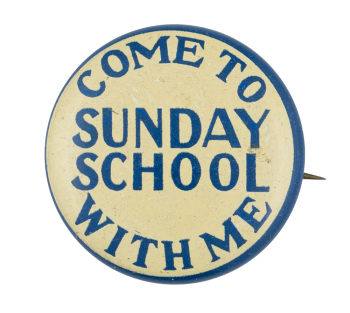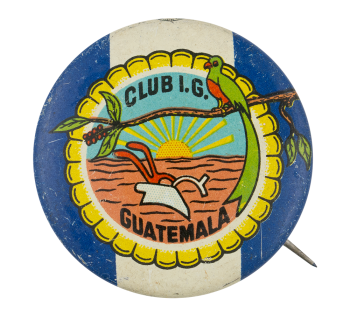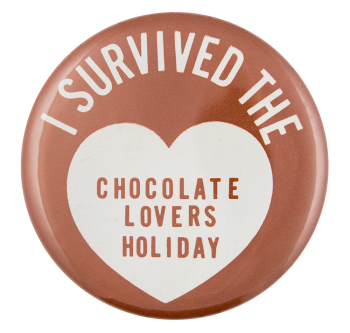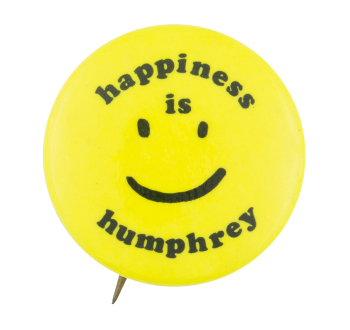I'm From Washington D. C.
| Category | |
|---|---|
| Additional Images | |
| Sub Categories | |
| Text on Button | I'M FROM WASHINGTON D. C. |
| Image Description | Blue text and an illustration of the top of the U.S. Capital on a bright orange background |
| Back Style | |
| The Shape | |
| The Size | |
| Additional Information | Washington, D.C. is the capital city and federal district of the U.S., situated along the Potomac River and bordered by Maryland and Virginia. This federal district is a vital component under the U.S. Constitution, being home to the legislative, executive, and judicial branches of government. The city was founded in 1791, and the first congressional session was held in 1800. Washington, D.C. is not part of any state and does not have statehood status, meaning it does not have voting representation in Congress. However, the population of the city is around 690,000 according to a 2020 census, which is larger than the populations of Wyoming and Vermont. Because of the city’s prominence, there have been efforts to give it statehood since the 1880s, and even a recent bill was passed by the House of Representatives in 2021. |
| Sources |
Washington, D.C. (2023, January 31). In Wikipedia. https://en.wikipedia.org/wiki/Washington,_D.C |
| Catalog ID | CL0494 |

